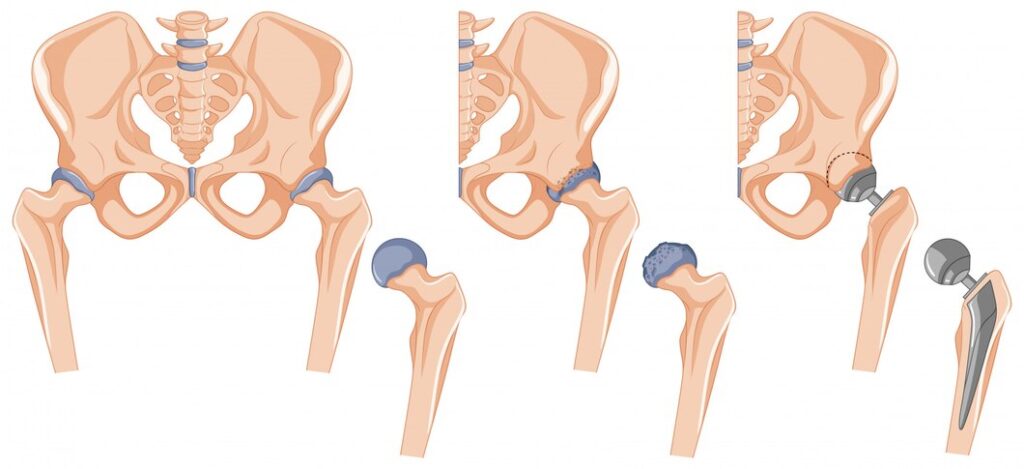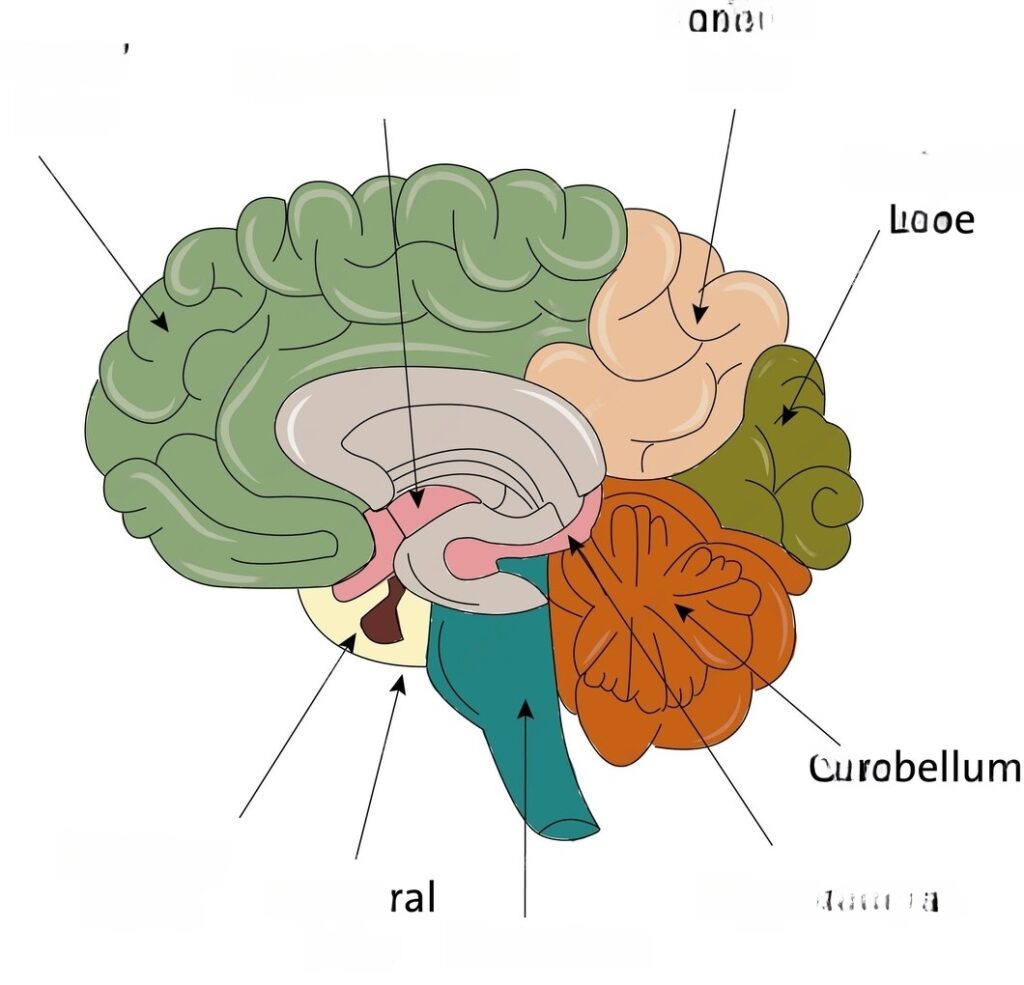Neuralink;

In recent years, the intersection of neuroscience and technology has yielded remarkable advancements, with one of the most promising breakthroughs being Neuralink. Founded by entrepreneur Elon Musk, Neuralink aims to revolutionize the way we interact with technology by developing high-bandwidth brain-machine interface (BMI) devices. But how does Neuralink work, and what potential does it hold for the future? Let’s delve into the fascinating world of Neuralink technology.
What is Neuralink?
Neuralink is a pioneering neurotechnology company founded by visionary entrepreneur Elon Musk with the ambitious goal of developing cutting-edge brain-machine interface (BMI) devices. These devices aim to establish direct communication between the human brain and external technology, unlocking a world of possibilities for enhancing human capabilities and treating neurological disorders.
The Goal
The ultimate goal of Neuralinks is to enhance human capabilities, treat neurological disorders, and pave the way for symbiotic relationships between humans and artificial intelligence (AI).
The Components of Neuralink:
Neuralink’s BCI system consists of several key components:
- Implantable Neural Interface: The centerpiece of Neuralinks technology is a tiny implantable device, often referred to as a “Neuralinks chip” or “Link,” which is embedded in the brain. This ultra-thin, flexible device contains electrodes that can detect and stimulate neural activity with high precision.
- Wearable Device: To facilitate communication with the Neuralinks implant, users wear a small, coin-sized wearable device, known as the “Link Reader,” behind their ear. The Link Reader wirelessly communicates with the Neuralinks chip and interfaces with external devices via Bluetooth or other wireless protocols.
- Custom Software: Neuralink’s proprietary software platform provides real-time data analysis, visualization, and control capabilities. Users can interact with the Neuralinks system through intuitive user interfaces, enabling them to monitor neural activity, adjust settings, and perform tasks using brain signals.
How does Neuralink Works?
The operation of Neuralink involves several steps:
- Implantation: A minimally invasive surgical procedure is performed to implant the Neuralink device into the brain. The procedure is conducted by skilled neurosurgeons using advanced robotic assistance to ensure precision and safety.
- Electrode Array Placement: The Neuralinks chip is strategically positioned within the brain to target specific regions or neural circuits associated with motor control, sensory perception, or cognitive functions. The electrode array interfaces with neural tissue, enabling bidirectional communication between neurons and external devices.
- Neural Data Acquisition: Once implanted, the Neuralink device begins recording electrical signals generated by nearby neurons. These neural signals encode information about motor commands, sensory feedback, or cognitive processes, providing insights into brain activity.
- Signal Processing: The recorded neural signals are processed in real-time using Neuralink’s onboard algorithms to extract meaningful information. This may involve decoding motor intentions, recognizing patterns of neural activity, or detecting abnormalities indicative of neurological disorders.
- Neural Signal Decoding: Neuralink’s software analyzes the processed neural signals to decode the user’s intent or cognitive state. For example, neural signals associated with movement intentions can be translated into commands to control external devices, such as prosthetic limbs or computer interfaces.
Potential Applications of Neuralink:
The development of Neuralink technology holds immense potential across various domains:
- Assistive Technology: Neuralink has the potential to transform the lives of individuals with disabilities by enabling direct brain control of assistive devices, such as robotic prosthetics or communication aids.
- Treatment of Neurological Disorders: Neuralink’s high-resolution neural interfaces could facilitate novel therapeutic approaches for neurological conditions, including Parkinson’s disease, epilepsy, and spinal cord injuries.
- Augmented Intelligence: Neuralink may augment human cognitive abilities by enabling seamless integration with AI systems, enhancing memory, learning, and problem-solving capabilities.
- Research and Neuroscience: Neuralink’s advanced neural recording capabilities offer researchers unprecedented insights into brain function and neural dynamics, accelerating discoveries in neuroscience and neuroengineering.
Challenges and Ethical Considerations:
Despite its potential, Neuralink technology faces significant challenges and ethical considerations, including concerns about privacy, data security, informed consent, and the potential for misuse or abuse of brain-computer interfaces.
Looking Ahead:
As Neuralinks continues to refine its technology and navigate regulatory hurdles, the future holds immense promise for brain-machine interfaces. Whether empowering individuals with disabilities, unlocking new frontiers in neuroscience, or redefining the boundaries of human cognition, Neuralink has the potential to reshape the way we interact with the world and unlock the mysteries of the human brain.
Frequently Asked Questions (FAQs) About Neuralink
1. What are the benefits of Neuralink?
- Neuralink offers a range of potential benefits, including enhanced communication between the brain and external devices, treatment of neurological disorders, improved cognitive abilities, and increased accessibility for individuals with disabilities.
2. What does the Neuralink do?
- Neuralink develops implantable brain-computer interfaces (BCIs) that enable direct communication between the brain and external technology, allowing users to control devices using their thoughts and receive sensory feedback.
3. How much does the Neuralink implant cost?
- As of now, the cost of the Neuralinks implant has not been publicly disclosed. However, it is expected to be a significant investment due to the advanced technology involved and the surgical procedure required for implantation.
4. Is Neuralink in human trials?
- Neuralinks has conducted preliminary human trials, primarily focused on safety and feasibility assessments. However, widespread clinical trials involving larger cohorts of participants are still pending.
5. Is Neuralink safe?
- Neuralinks places a strong emphasis on safety in its development process. The company employs rigorous testing protocols and collaborates with regulatory agencies to ensure the safety and efficacy of its technology.
6. Is Neuralink painful?
- The implantation procedure for Neuralinks involves invasive surgery, which may cause discomfort or pain. However, anesthesia is administered during the procedure to minimize discomfort, and post-operative pain management measures are employed.
7. Can I undergo CT scan or MRI with Neuralink?
- Neuralink’s current implant design may interfere with certain imaging techniques such as MRI. However, the company is working on developing MRI-compatible versions of its implants for future iterations.
8. Can Neuralink be hacked?
- Neuralinks prioritizes security in its device design and employs encryption protocols to protect against unauthorized access. However, like any technology, Neuralinks devices may be susceptible to hacking attempts, and the company continuously evaluates and improves its security measures.
9. What diseases will Neuralink cure?
- Neuralinks has the potential to treat a range of neurological disorders, including Parkinson’s disease, epilepsy, spinal cord injuries, and psychiatric disorders. However, clinical research is ongoing to validate the efficacy of Neuralinks for these applications.
10. Who invented Neuralink?
– Neuralink was founded by entrepreneur Elon Musk in 2016, with the aim of developing brain-machine interface technology to enhance human capabilities.
11. What is Elon Musk’s newest invention?
– Neuralink’s is one of Elon Musk’s latest ventures, focusing on neurotechnology and brain-computer interfaces. Additionally, Musk is involved in various other projects, including SpaceX, Tesla, and The Boring Company.
12. Who is patient zero for Neuralink?
– The identity of the first human patient to receive a Neuralink’s implant, often referred to as “patient zero,” has not been publicly disclosed.
13. Does Neuralink use AI?
– Neuralink’s technology incorporates artificial intelligence (AI) algorithms for data processing and analysis, enabling real-time interpretation of neural signals and adaptive control of external devices.
14. How long does a Neuralink battery last?
– The lifespan of a Neuralinks battery depends on factors such as usage patterns, device settings, and battery capacity. However, Neuralinks aims to develop long-lasting, rechargeable battery systems to minimize the need for frequent replacements.
15. What is the success rate of Neuralink?
– As Neuralinks technology is still in the early stages of development, definitive success rates have not been established. However, the company continues to make progress in its research and development efforts, with promising results from preclinical studies and early human trials.
Read more:

